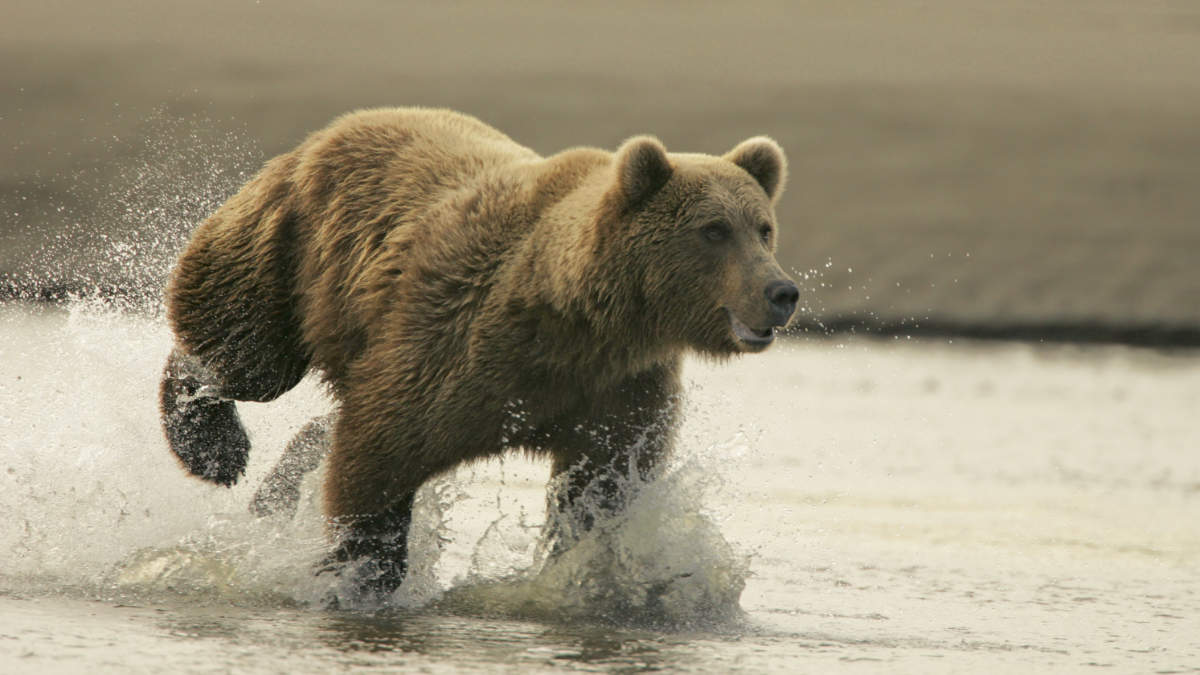Maiden field program at White Cliff’s Great Bear Lake yields visual observation of widespread IOCG and uranium mineralisation
This includes the >1.1km long Glacier prospect – an outcropping IOCG mineralised system just 1km from the historical Echo Bay mine
Other targets also identified with more work underway
Special Report: White Cliff Minerals is off to a running start at its Great Bear Lake project in northern Canada after its maiden field program resulted in visual observations of widespread iron-oxide-copper-gold and uranium mineralisation.
The 2,900km2 Great Bear Lake project sits within the iron-oxide-copper-gold and uranium prospective Great Bear magmatic zone and has a long history of mining and exploration activity. However, modern exploration is scarce, presenting an enormous opportunity for White Cliff.
Despite this, it was regarded by previous miners and explorers, as well as the Northwest Territories Geosciences Office, as having the highest potential for IOCG-U mineralisation in Canada.
Great Bear Lake is also part of White Cliff Minerals’ (ASX:WCN) broader Radium Point project, which it has identified as being primed for future discoveries, with a wealth of historic data available for integration with modern exploration techniques and recent academic publications on the deposit styles of the GBMZ.
Since securing the licences in February this year, the company has carried out a literature review and data digitisation exercise focused on revealing prospective and overlooked target regions within the project area.
Reviewing historical rock chips from the southern parts of the project revealed an underexplored, district scale opportunity with evidence of IOCG and epithermal-style mineralisation.
The potential of both Great Bear Lake and the Nunavut copper-silver-gold project has also been recognised by the Canadian Government, which awarded the company a C$168,000 ($182,772) grant towards their exploration.
Example of visually observed malachite staining of the potassic altered andesites at Glacier. Pic: White Cliff Minerals
IOCG prospects and targets
This early work has now been followed up by fieldwork where helicopter supported observation confirmed the presence of widespread high-grade IOCG and epithermal mineralisation, some with potentially significant strike lengths.
Notable finds include the Glacier prospect, a large outcropping IOCG mineralised system identified over more than 1,100m of strike to date, that is just 1km from the historical Echo Bay mine.
There’s also the Mile Lake target – where intense primary copper mineralisation has been identified along ~55m of outcropping rock, and the Rust target, which has three parallel structures 3.5km from the historical Eldorado mine site.
The last returned several “off scale (>65,000) counts per second (CPS)” on the company’s handheld scintillometer, which is an indicator of high-grade uranium.
Other takeaways from the fieldwork include:
Newly discovered crystalline herringbone-wire native silver occurrence along strike from main historical Bonanza silver mine
Confirmation of the historical Thompson outcrop with visible uranium and cobalt mineralisation observed with semi-massive bornite-chalcopyrite
Confirmation of the historical Spud Bay, a bonanza copper location located with trend extended and resampled over ±700m of outcropping strike length before disappearing under cover; and,
Confirmation of Sparkplug, a copper location, with the definition of a 430m by 160m zone of copper epithermal mineralisation at the periphery of an IOCG prospective collapse structure.
White Cliff managing director Troy Whittaker said the company could not be any more impressed with what it had seen in such a short time, adding that Great Bear Lake was clearly underexplored with new potential discoveries having been made continuously and immediately.
“This, coupled with confirmation of the historic mineralised trends at Spud Bay and Thompson really impresses the potential for district scale opportunity across a polymetallic suite of minerals,” he said.
“The first batch of samples have already been dispatched to the labs and we are looking forward to those results in the next month or so; those results we hope will validate our expectations and also provide us with further potential upside for precious metal contents not visible in the field.”
Next steps
WCN is awaiting assays from fieldwork with the first batch of 95 samples already dispatched to ALS Laboratories in Yellowknife.
Works associated with MobileMT, the latest heli-mounted technology for the collection of magnetic and conductivity data, have also commenced and the company expects further updates to follow as the exploration activities continue.
Separately, it has completed all pre-mobilisation activities for the Nunavut Project with field works to commence in the coming weeks.
This article was developed in collaboration with White Cliff Minerals, a Stockhead advertiser at the time of publishing.
This article does not constitute financial product advice. You should consider obtaining independent advice before making any financial decisions.
The post White Cliff’s Great Bear Lake exploration takes off at a run appeared first on Stockhead.






















